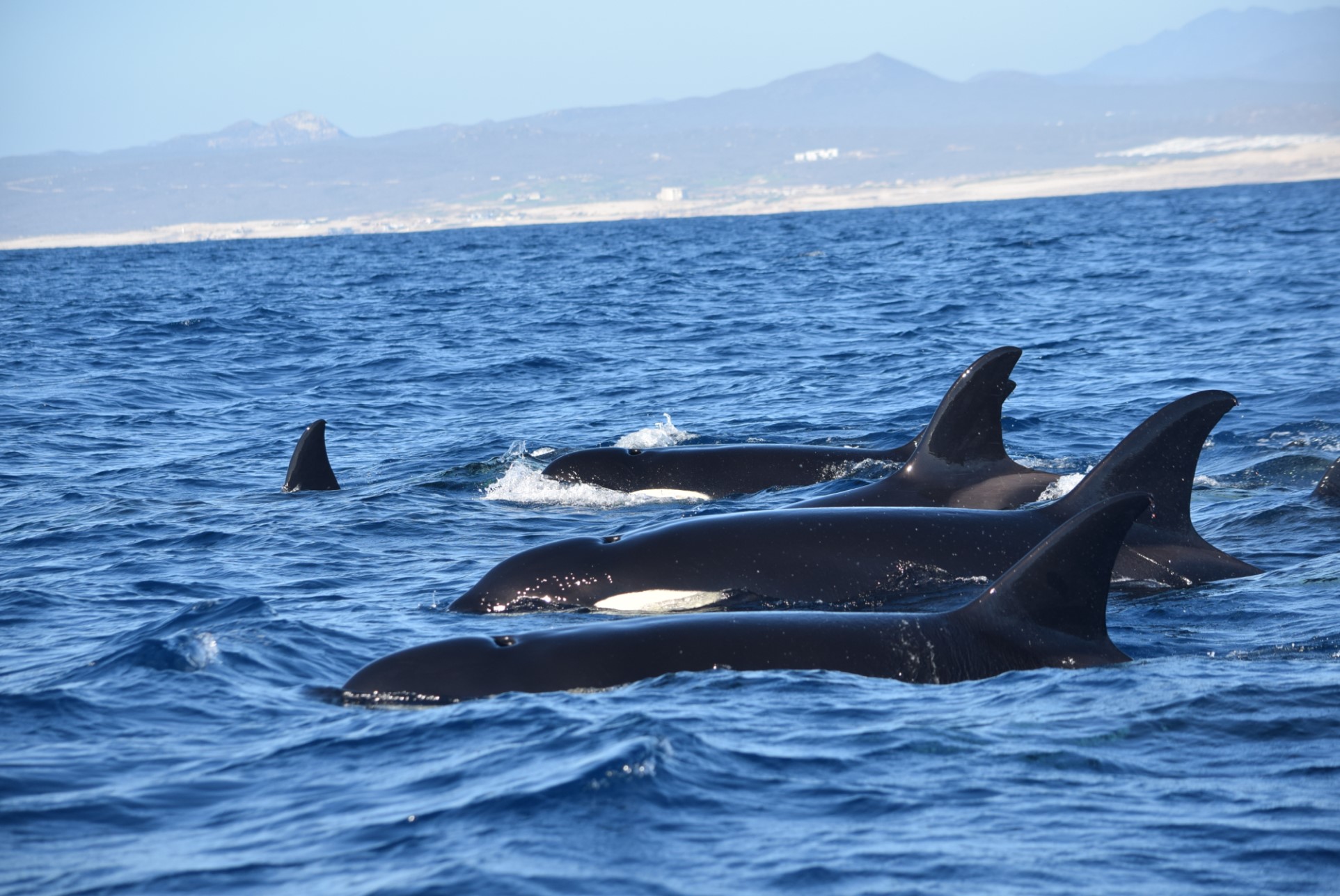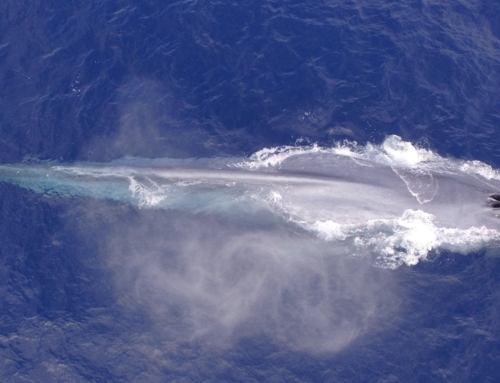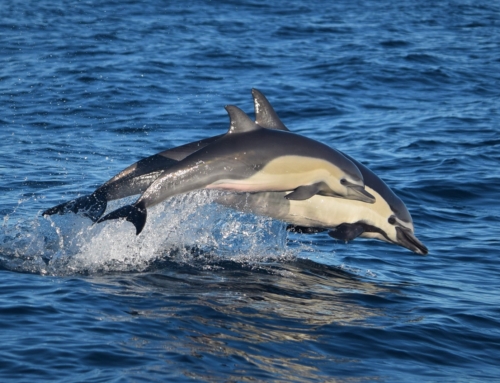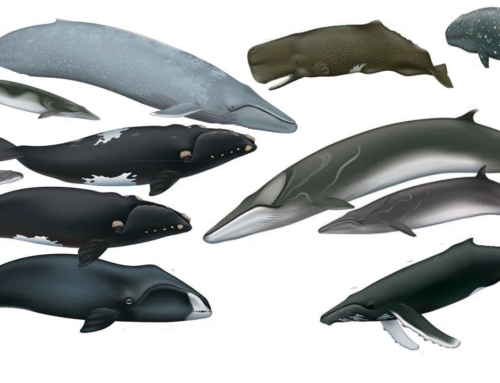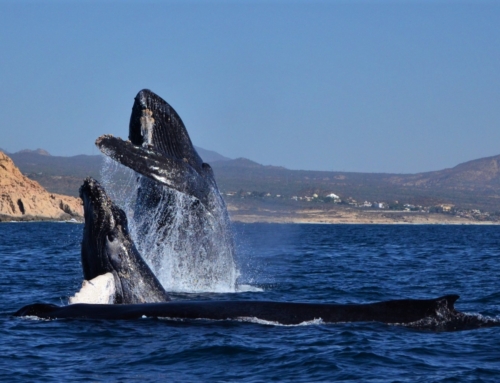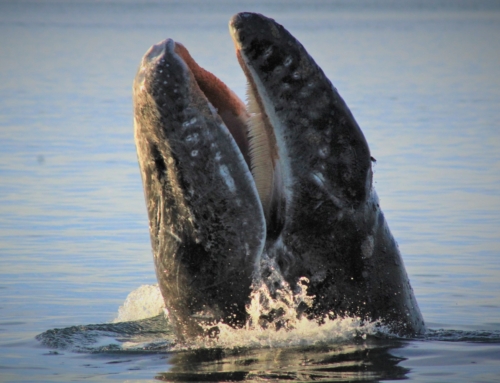The Sea of Cortez is one of the most bio-diverse bodies of water on earth. It contains more than a third of all Cetacean species and many of the oceans most iconic large animals.
No wonder Jacques Cousteau dubbed it: “The Aquarium of the World”
The Sea of Cortez, or Gulf of California as it is also known, is a marginal sea of the Pacific Ocean that separates the Baja California peninsula from the Mexican mainland. It has a vast coastline of over 4000 km (2500 mi) and borders four states: Baja California, Baja California Sur, Sonora and Sinaloa. Unique geography including deep waters and a latitude stretching from temperate to tropical ensure a rich diversity of life, both large and small. But, like many bodies of water it and the life it supports face a multitude of challenges. Some are easier to solve than others. In many cases, tourism has a role to play.
Geological evidence seems to point to a formation date for the gulf of about 5.3 million years ago. Tectonic forces rifted what is now the Baja California peninsula away from the North American plate, forming the gulf we see today. This makes it a relatively young sea in geological terms but it is also more than enough time for a stunning variety of life to have moved in.
Sea of Cortez Biodiversity:
When it comes to tallying the total number of species found in the area, the Sea of Cortez is up there with the most bio-diverse parts of the ocean. This is even more staggering when one considers that almost all the other regions in that conversation contain multiple coral reef systems while the Sea of Cortez has just one! The water is only warm enough year-round to support a large reef system in one spot near the southern most point of the peninsula. This means that a substantial portion of the marine species found in the gulf are larger vertebrates such as cetaceans, sharks, rays and big fish. Deep, cool waters close to the coastline create productive conditions for plankton, squid and small crustaceans that either directly feed these larger animals or form the base of the marine food chains that support them. These uniquely productive conditions have made this region the most diverse in the entire ocean when it comes to large creatures.

A Common dolphin leaps from the water in the
Sea of Cortez
Cetaceans:
Currently, scientists recognize 86 species of cetaceans (whales, dolphins & porpoises) worldwide. One can encounter at least 33 of these species in the Sea of Cortez, more than anywhere else! These include the largest (Blue whale), smallest & most endangered (Vaquita), the ocean’s apex predator (Orca), nature’s largest brain (Sperm whale), the friendliest (Bottlenose dolphin) and the largest acrobat (Humpback whale) to name just a few. This diversity makes places like Los Cabos, La Paz and Loreto some of the world’s best whale watching destinations.
Marine life & birds:
The area is also home to a stunning array of fish, sharks, rays, turtles and other marine mammals. California Sea Lions are famously playful and abundant in these waters. So far biologists have discovered almost 700 different marine plants, another world record. A productive ocean with so much coastline also means birds, and lots! Sea birds like Cormorant, Pelicans and Boobies. Birds of prey and vultures circling the coasts. Mighty flocks of nesting or migrating Frigate birds. This rich diversity of life and geography means that much of the gulf and it’s 244 islands, islets and coastal areas are recognized by UNESCO as world heritage.
Sea of Cortez Conservation & Challenges:
Since the turn of the century it has become clear that many of the most important environments on earth face grave challenges. This is especially true in the ocean and the Sea of Cortez is no exception. People have been fishing in these waters for thousands of years but modern commercial fishing is another story entirely. These abundant waters supply fish and seafood to hundreds of millions of people in North America and beyond. The commercial fishing behemoth uses unsustainable methods such as miles wide nets and bottom trawling. Even a place so blessed with biomass cannot withstand this kind of pressure.

California Sea lions are one of the most abundant
marine mammals in the Sea of Cortez
The story of the Vaquita:
There is also direct pressure on many endangered species due to demand, especially in Asia, for rare delicacies and natural products used for traditional ‘remedies’. The most famous example in the Sea of Cortez is the story of the Vaquita. The world’s smallest Cetacean is on the brink of extinction because it shares a habitat with the Totoaba. Known also as the fish that is worth more than cocaine, the Totoaba’s liver is so valuable on the Asian black market that demand has driven the Vaquita population that lives alongside side it to less than 10 individuals. The tiny porpoises get tangled in gill nets hanging from fishermen’s boats. It is now almost certain that the Vaquita will vanish within a matter of years.
If practices such as these are allowed to continue we face catastrophic losses of species diversity in almost every environment on earth. This is not just sad, human beings rely on healthy ecosystems for survival as much as any other life-form on the planet. The signs are everywhere – governments, corporations and individuals must change course or face a reckoning.
Hope for the future:
The iconic status and incredible diversity of the Sea of Cortez have drawn conservationists and scientists from all over the world. There are plans afoot to create a sanctuary for Humpback whales and other marine life on the East Cape near Los Cabos. Areas such as this that allow no destructive, extractive or even touristic activities are a vital step.
There are also already famous success stories such as Cabo Pulmo, the furthest north coral reef in the western pacific. This once thriving eco-system had become a barren wasteland. Since the introduction and crucially, enforcement, of strict laws protecting the area the rebound has been nothing short of astounding. In little over a decade biomass increased by over 400% and countless species returned to the area. It is now literally used a textbook example of how such situations can be turned around.
The role of Ecotourism:
Cabo Pulmo is not only a success story for the natural world but human beings as well. Local fishermen and their families who had seen their only source of income disappear suddenly found themselves at the heart of a thriving tourist economy. This is slowly happening in other parts of the peninsula and the world. Tourism can certainly be a scourge to nature when it is uncontrolled and people are not properly educated. When done in a sustainable way it can be a big part of the solution.
Whale Watch Cabo is proud to be the pioneering eco-friendly whale watching company in Cabo San Lucas. Our mission is to educate and excite the public about whales and other marine life. As the industry grows there is more incentive for the government to better protect the environment. Locals are also able to find better paying jobs that are more secure and ethical for them and the planet. We can all make a difference! Join or start an organization, support companies that engage in sustainable practices and make the effort to learn more. If we really put our minds and wills to work we can overcome all of our challenges.

Olive Ridley turtles mating in the Sea of Cortez.
All sea turtle species worldwide are classed
between vulnerable and critically endangered.

